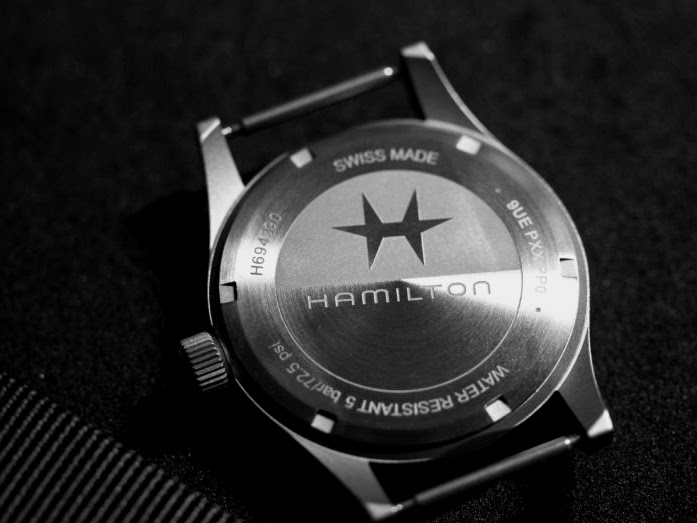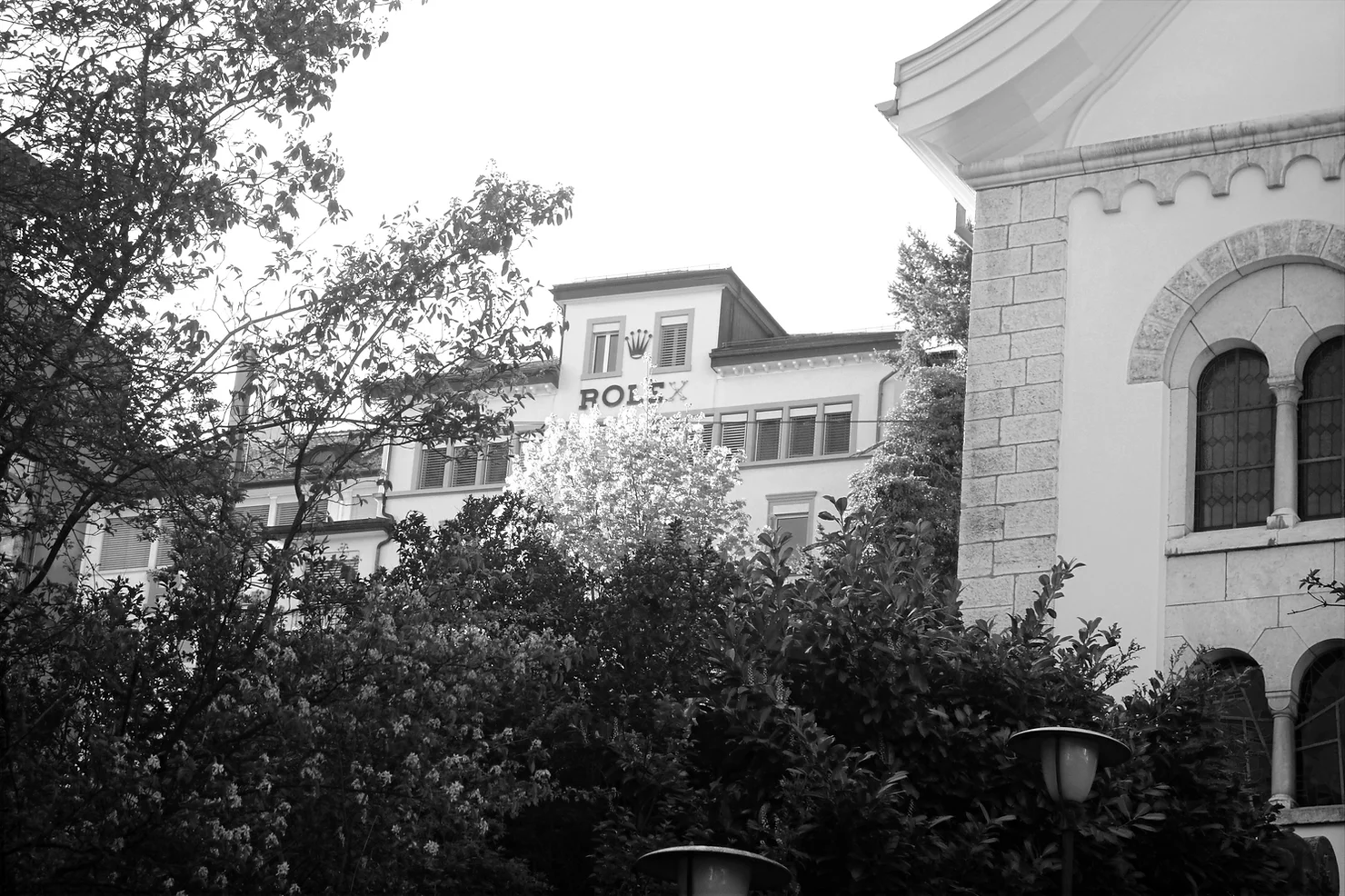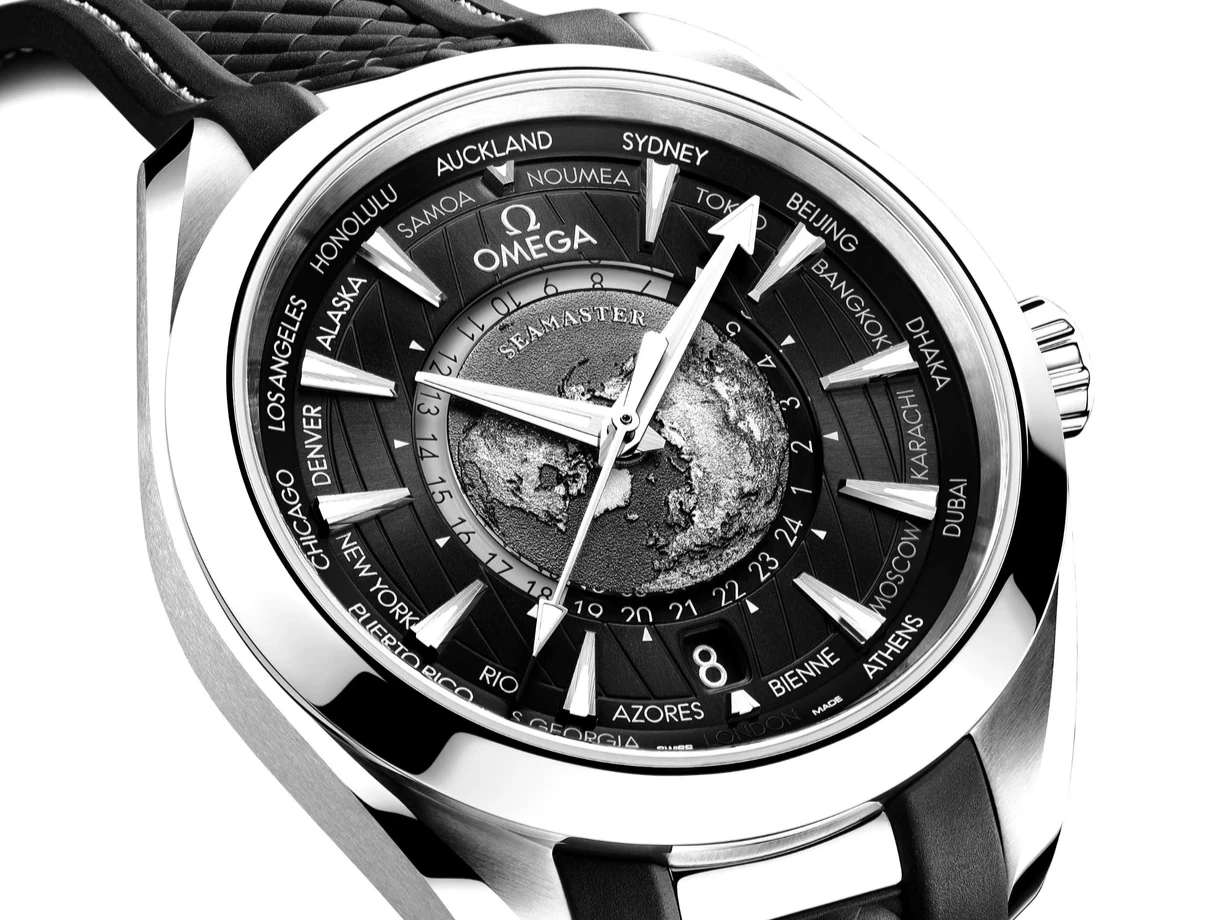
This article was originally published when the blog was focused on Bienne, under the name Made in Bienne. The concept has since evolved to also cover the watch scene across the rest of Switzerland.
Aside from being among the most notorious figures in recent history, what do Martin Luther King, JFK, the Dalai Lama, Meryl Streep and Neil Armstrong have in common? A biased but true answer: each went through some of the most important events in their life with a watch made in Bienne on the wrist. Like millions of people over the past century and beyond, special moments in their existence and average ones throughout their days were accompanied by a an intimate object telling time, from Bienne to the world.
While it may sound obvious, the fact really only truck me last month, while noticing so many Bienne timepieces on people’s wrists at the airport. Swatch, Omega, Rolex, of course, as well as the occasional Hermès, Hamilton, Doxa and even Norqain. Sure, there must be many objects made in places like Shenzhen that are more part of people’s lives around the world than Swiss wristwatches. But objects that represent so much beyond their mere function, that are so symbolic, that people connect to with such emotion… is there any equivalent?
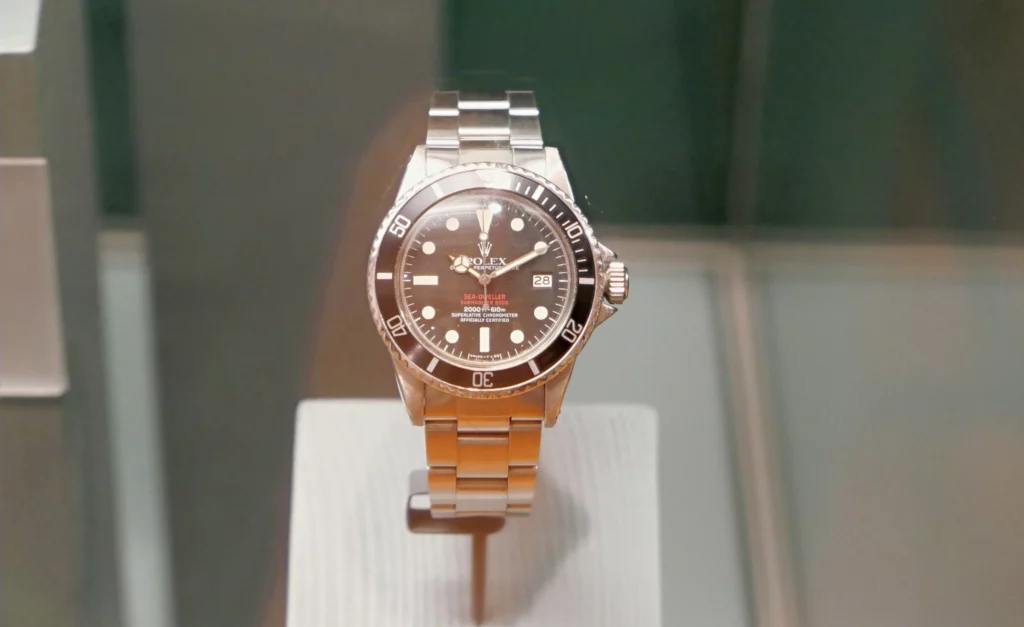
We sometimes refer to the combination of a watch and its hands as a face. Like human faces, no two watch models are identical, despite them all serving the same purpose and comprising the same key elements. That is kind of mind boggling, and, to me at least, helps explain why watches matter so much to so many of us. And as a result, why Bienne is such an important city in the world.
So what exactly does it mean, to be “made in Bienne”? Swatch designs and engineers its watches here, but they are produced elsewhere in Switzerland. Rolex conceives of its watches in Geneva, but the brand is born out of Bienne, where all its movements, arguably the essence of what makes a Rolex a Rolex, are all developed and produced. Omega has its movements brought in from in Villeret, but every other stage, from early concepts to final assembly, are all at HQ in Bienne.
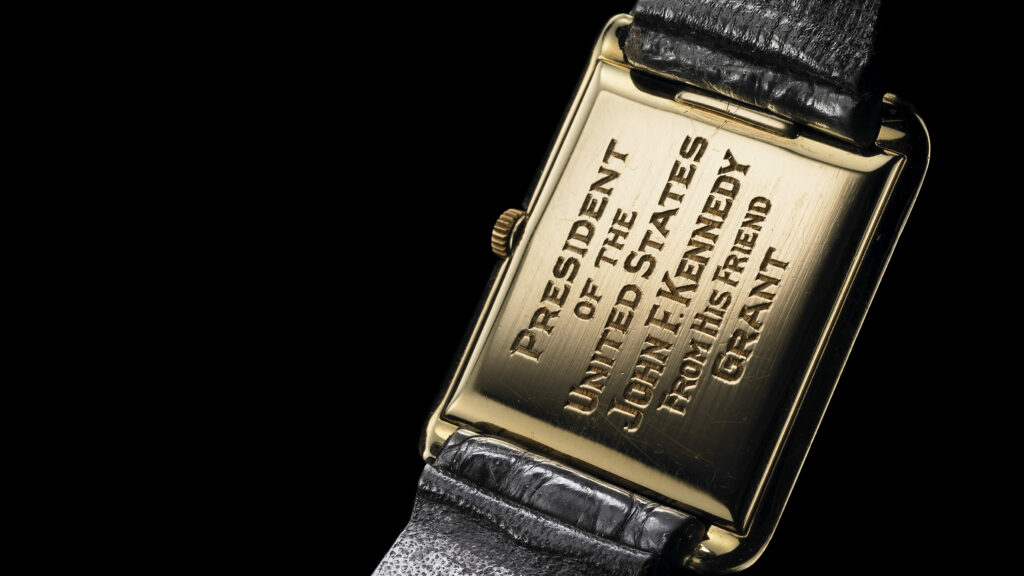
Ultimately, I would define “made in Bienne” as having a large portion of the uniqueness of a watch conceived of, and ideally manufactured, right here in our city. If you’ve been here, you will know Bienne is different. It has a unique vibe, an open-mindedness characterized by its bilingual identity. For some in Switzerland, that is too much, and the city has a reputation for being more “alternative” than many can handle. It’s a matter of taste, of course, but there is no denying that the outside-the-box thinking here has a lot to do with the watches that come out of it.
Swatch is perhaps the best example, but Omega and Rolex were also true disruptors in their days, and to a certain degree, within the confines of luxury watchmaking, continue to be. Such «made-in-Bienne-ness” also applies to Hermès, Armin Strom, Norqain, Horage, Hamilton, Certina and Doxa. It can even be found among those who are no longer here but spent decades in the city, perhaps most notably Heuer, whose Monaco, developed in Bienne, is both atypical and iconic.
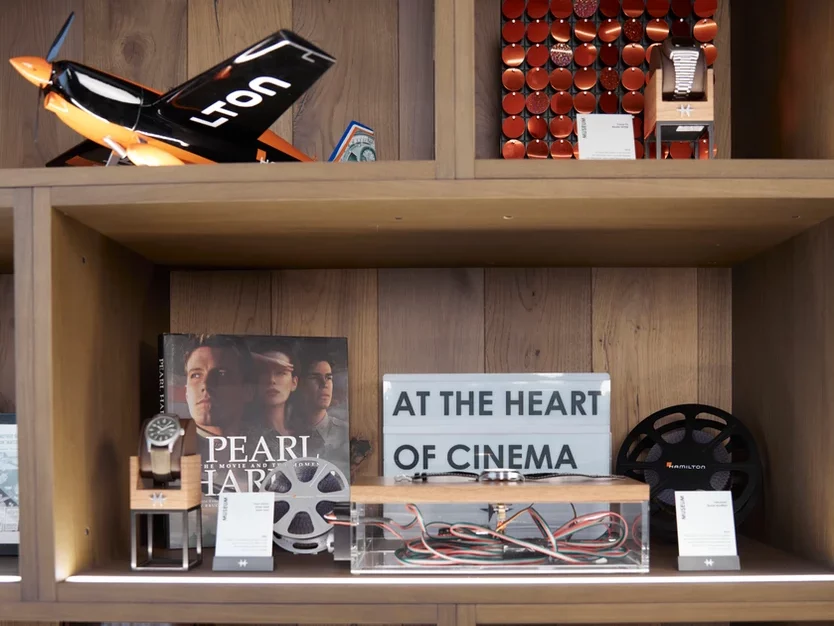
From children learning to tell time on their Flik Flak in India to Hollywood actors sporting a Hamilton on set, from wedding, graduation, anniversary gifts in Paris, Dubai, Lima or Tokyo to the Oval Office and the Moon, the Bienne spirit is just about everywhere in one the most meaningful forms any object can take.
Am I saying that Bienne is the most influential city in the world? Not quite. But if you can think of anywhere else, with a comparable population (just over 55,000) that radiates so much into people’s minds across the globe, genders and social classes, even if they’re not always aware of it, please drop a line in the comments!


